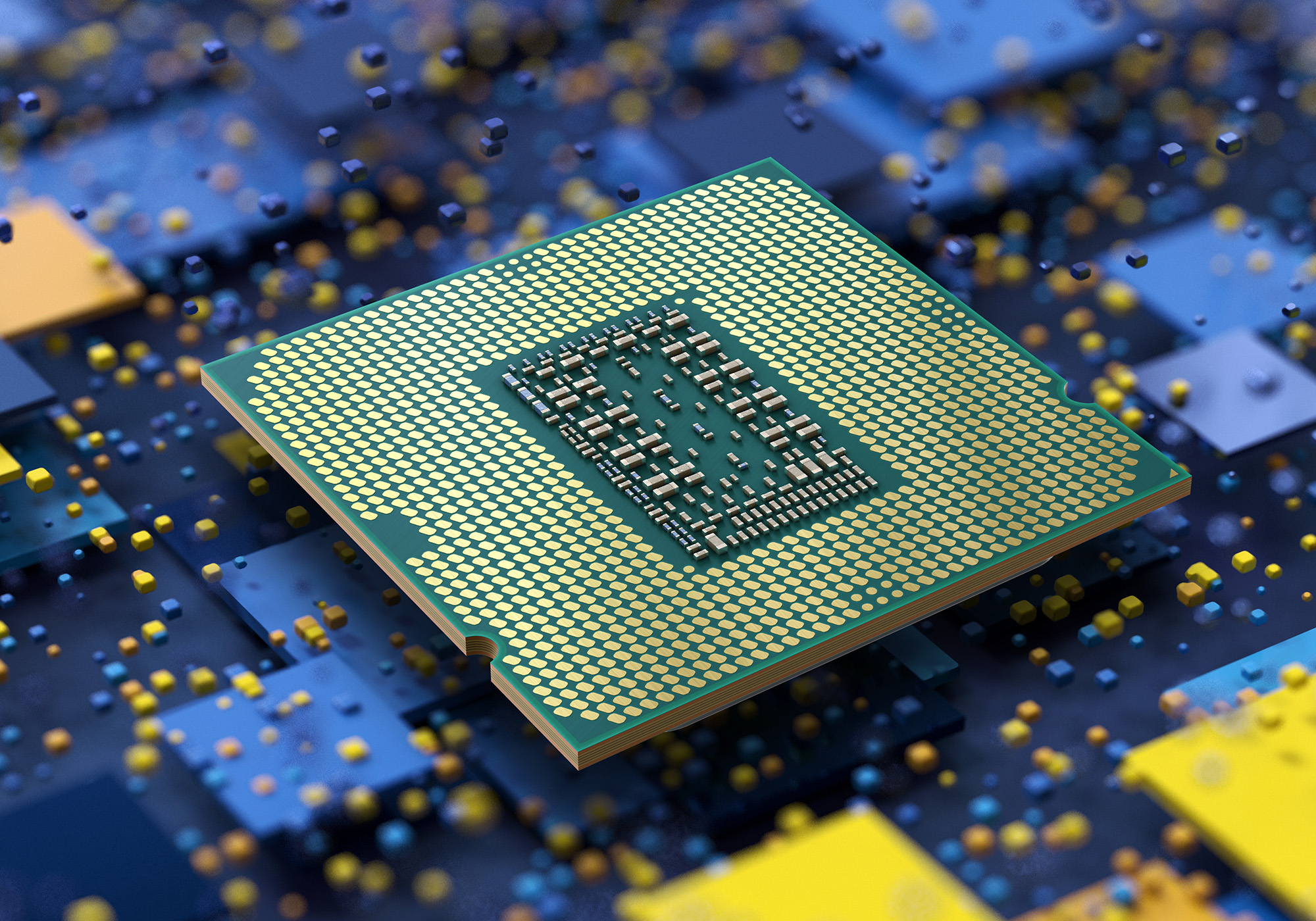uzzi38
Platinum Member
- Oct 16, 2019
- 2,746
- 6,655
- 146
Tested by a friend in a few benchmarks
Testing was done in this manner to keep L3 per core the same. Both are valid ways of testing at the end of the day though tbf.Great work, but i think same core count CPUs should be compared. 3300X is quad that has all resources of full chip to itself, while 8C of 5800X have twice as many cores sharing resources.
Which node does Intel currently use for their off-die PCH? 22nm?
I avoided replying for this reason. 🤣*ahem*
Intel thread.
That is all
I wonder how ADL-S will handle MT loads (by default) once the first 8 threads are distributed among the big cores. Back when doing napkin performance estimates my immediate expectation was that it would distribute threads on the small cores before using SMT on the big cores.
This approach would likely maximize hroughput, but does require some compensation mechanic to ensure latency sensitive workloads stay on the big cores even at the cost of prematurely using SMT capability. Granted I'm also ssuming the small core clusters will have significantly higher inter-core latencies, which is still a mere assumption at this point.
On one side I find all this very interesting from a theoretic point of view, on the other side I find that Apple's (rumored) approach with fewer small cores to be far easier to manage in terms of performance consistency. Then again it's nice to see so many different approaches clashing in the near future.
FYIMicrosoft needs to change the Windows scheduler to behave more like macOS: https://arstechnica.com/gadgets/202...-cpu-but-m1-macs-feel-even-faster-due-to-qos/

Will believe it when I see it.
Let me help you see it then:Will believe it when I see it.

Lakefield uses the Sunny Cove and Atom cores in concert. Foreground, high-priority tasks are given top the Sunny Cove core, while background tasks are handed off to the low-power Atom chips. The combination improves both power and graphics, Khushu said.
Exactly. See my top 3 suggestions on how to make big Little good on desktops:Microsoft needs to change the Windows scheduler to behave more like macOS: https://arstechnica.com/gadgets/202...-cpu-but-m1-macs-feel-even-faster-due-to-qos/
That latter part of the quote reminds me of BeOS (superseded by Haiku)."What makes the Apple M1 feel so fast isn't the fact that four of its cores are slower than the others—it's the operating system's willingness to sacrifice maximum throughput in favor of lower task latency."
That's why my original post was about the different requirements of the desktop platform, I was wondering how they would tackle the use of SMT on the big core vs. firing up a small core instead.That could always mean on mobile parts. I don't know how that's possible on desktop.
That's why my original post was about the different requirements of the desktop platform, I was wondering how they would tackle the use of SMT on the big core vs. firing up a small core instead.
Additionally, Intel and Microsoft are working close to optimize Alder Lake CPU performance for an upcoming build of its Windows operating system which will bring massive scheduling upgrades & will also be coming out around the same time as the launch of Alder Lake chips. The first unveiling is expected on the 24th of June.

Hmm, seems like this is in conflict with Thala's earlier assertion that the scheduler isn't being changed for Alder Lake. Note: I believe you Zucker2k.Additionally, Intel and Microsoft are working close to optimize Alder Lake CPU performance for an upcoming build of its Windows operating system which will bring massive scheduling upgrades & will also be coming out around the same time as the launch of Alder Lake chips. The first unveiling is expected on the 24th of June.
Not sure why you are speculating. The heterogenous Windows scheduler is already implemented and is used for every device which features heterogenous core configurations.
Besides even if this would be the case, it would not change the scheduler at all...
You have to understand, that this feature (mapping certain threads to a subset of available cores) is supported since literally forever - and is not new feature with respect to the heterogenous scheduler discussed in this context.
This is BS.About ADL scheduling:

Intel 10nm Alder Lake Desktop CPUs Launching During Halloween 2021, Will Feature Support On New LGA 1700 Socket Motherboards
Intel's 12th Generation Alder Lake K-series desktop CPUs based on the 10nm Enhanced SuperFin architecture are expected to launch in October.wccftech.com
This is BS.
Is the idea of changing the scheduler BS (changing the scheduler for better performance of new chips is wrong), or is the content of the post BS (the scheduler change won't happen)? I wasn't sure which you were referring to.This is BS.
This is BS.
The changing the scheduler bit. ADL uses the same scheduling stuff as implemented for WoA pretty much unmodified.Is the idea of changing the scheduler BS, or is the content of the post BS? I wasn't sure which you were referring to.


